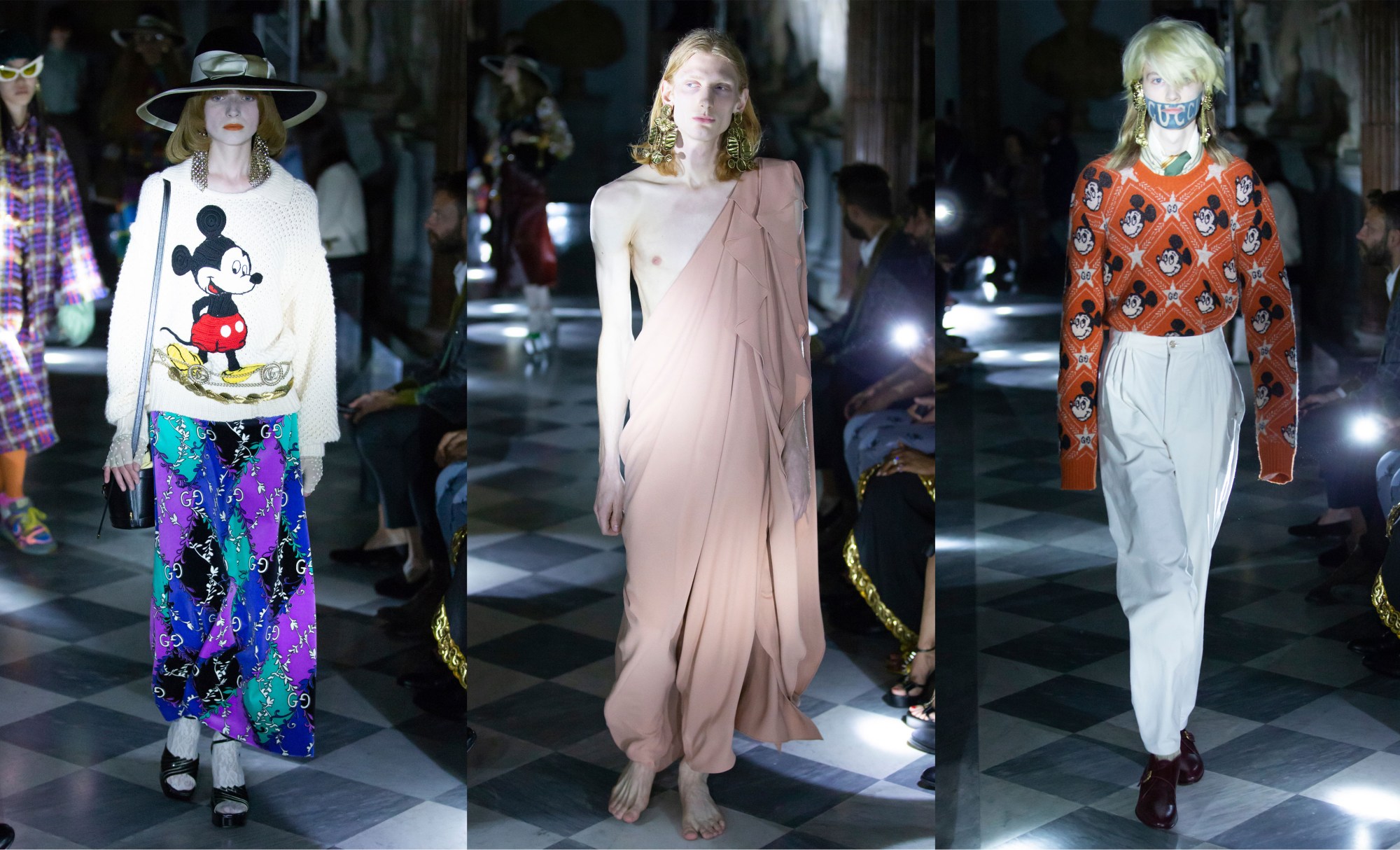Gucci just got political. At the Italian house’s Cruise 2020 show in Rome last night, Alessandro Michele criticised the recent anti abortion legislature that passed in Alabama recently. “My Body, My Choice” was scrawled across the back of jackets in sequins, as were significant dates such as ’22 May, 1978’ (the date abortion was legalised in Italy) and a uterus was prominently embroidered onto the front of a smocked chiffon dress. The message was clear: Gucci is pro-choice.
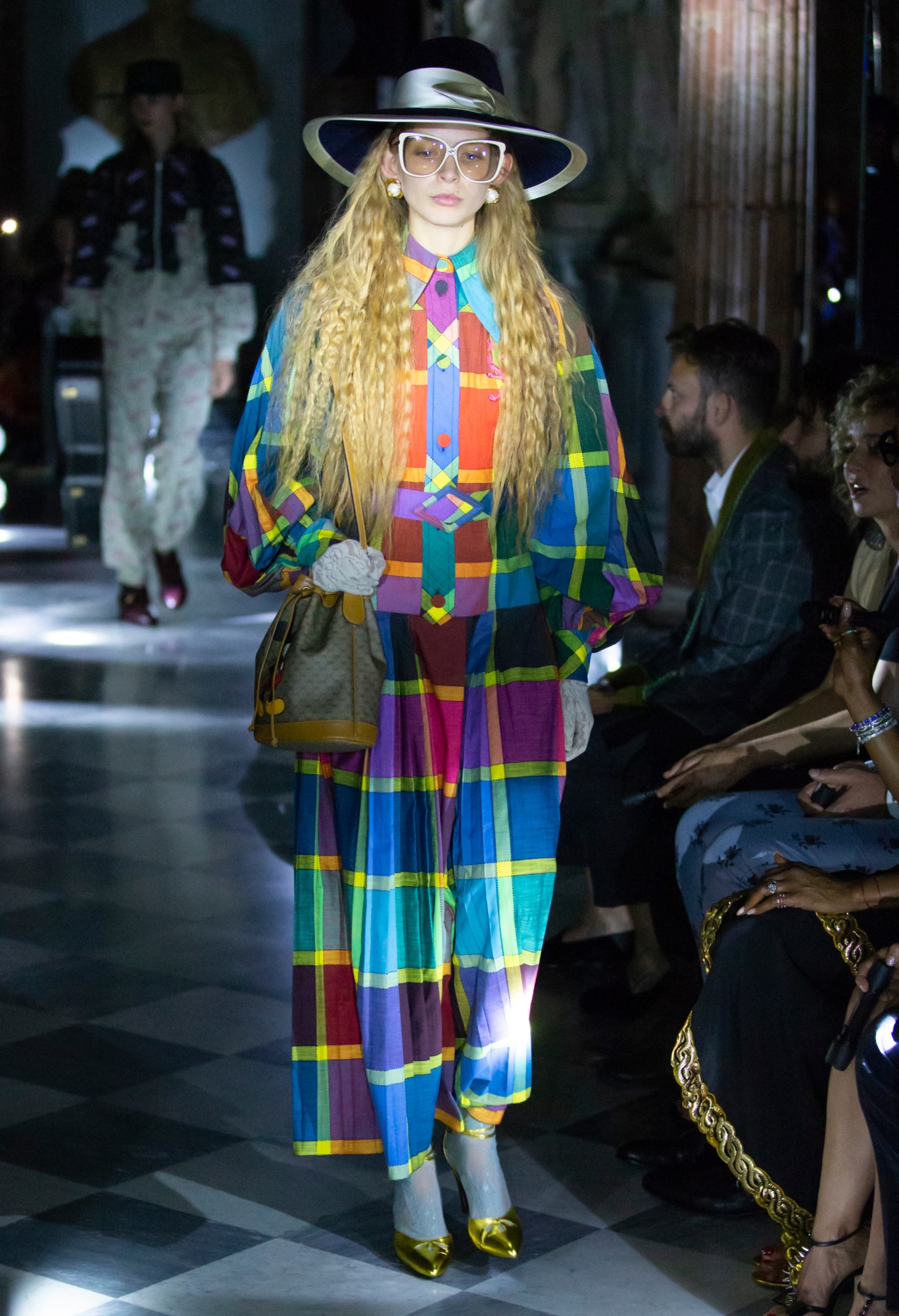
“Today, for someone in my position, it’s important to say [political] things,” said Michele after the show, referring to the show’s timely subtext. “Recently what I’ve been reading in newspapers made me reflect on the fact that women have to be respected. They should be able to choose what they want and terminating a pregnancy is not going to uproot the womb or the uterus.”
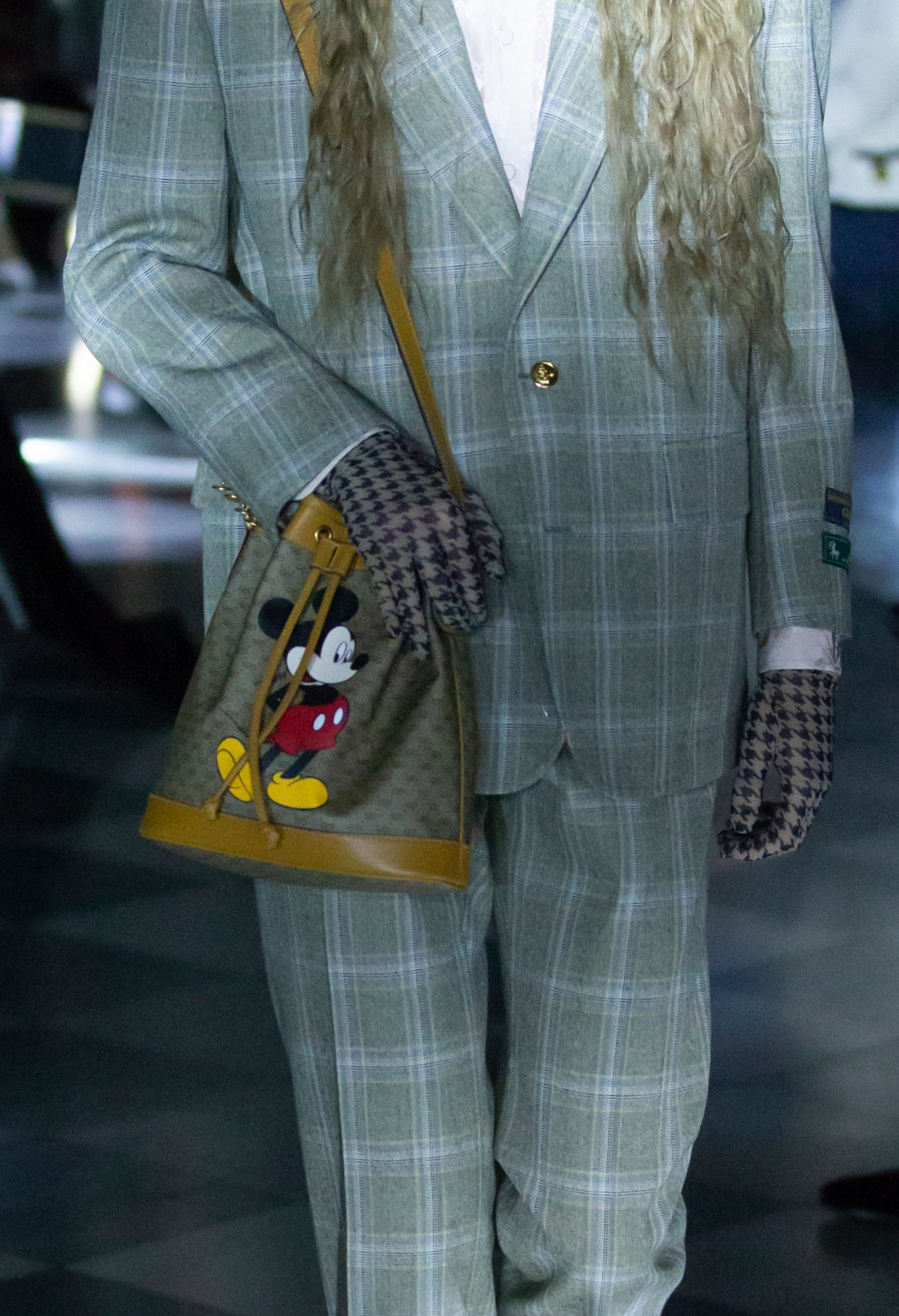
Staged at the Capitoline, widely recognised as the oldest museum in the world and home to some of the world’s most significant antiquities, Gucci’s show also dealt with the duality of Rome, which — let’s face it — is hardly the most progressive city in the world.
Just last weekend, Pope Francis decreed that abortion is always unacceptable, likening it to hiring a hitman to solve a problem. Elsewhere in Italy, conservatives have blamed the country’s low birth-rate on abortion and some Italian cities (much like many other countries and states) have symbolically declared themselves anti-abortion.
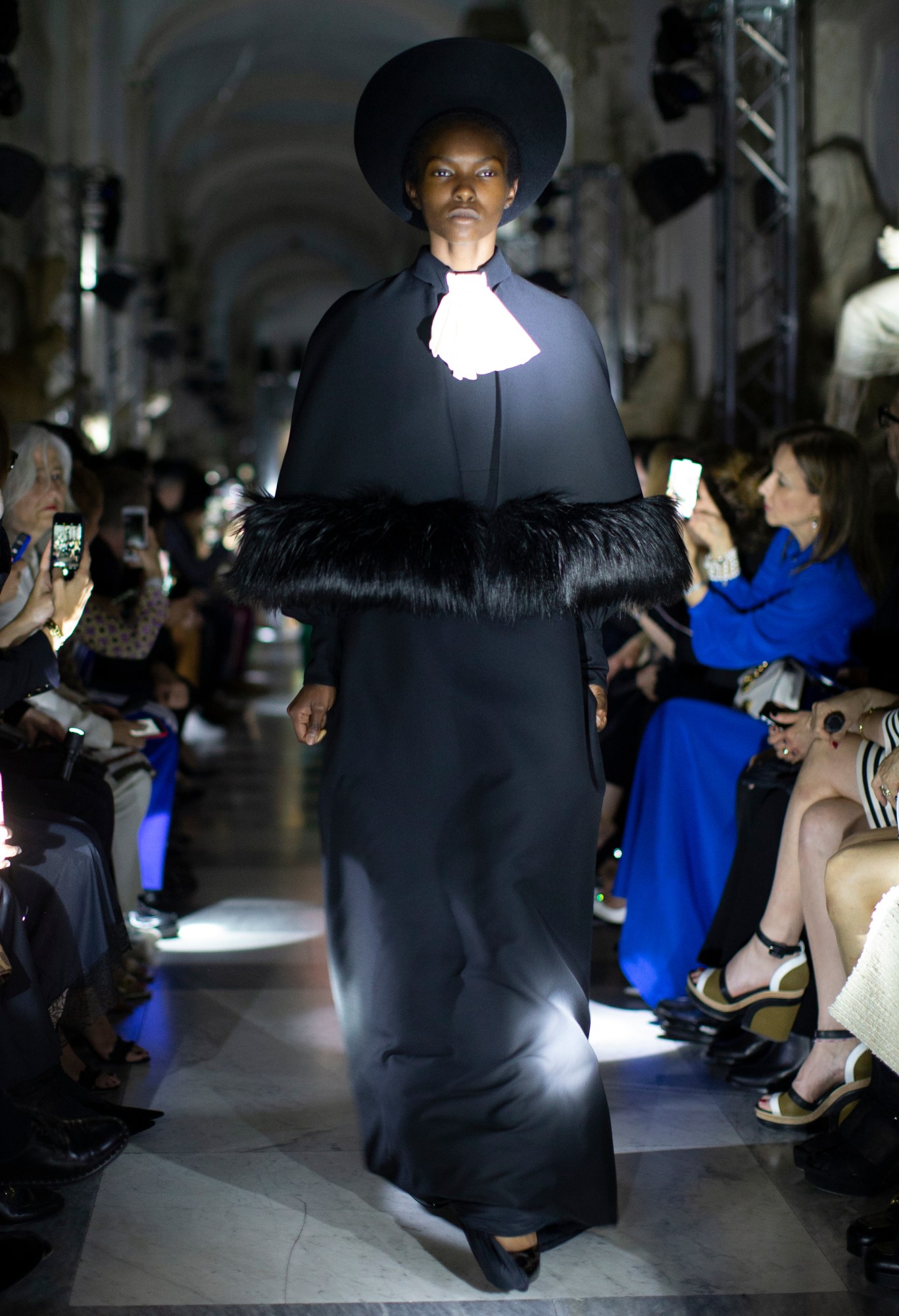
Michele grew up in the outskirts of Rome, and today he lives and works in the city — although Gucci’s slick HQ is in Milan, the design studio operates in a magnificent Renaissance building in the centre of the Italian capital. Walking around the city — seeing flowers emerging from alleyways, tourists in a medley of sportswear and souvenirs and political graffiti emblazoned across the city’s age-old ruins — it is easy to understand how effortlessly Michele’s quixotic vision comes to life in its birthplace. Rome is a place where the past and the present co-exist, where seventh-generation Romans sit alongside snap-happy tourists, where the glamour and decadence of Fellini and La Dolce Vita is offset by the gravitas of the Catholic church and the globalism of Starbucks and McDonalds.
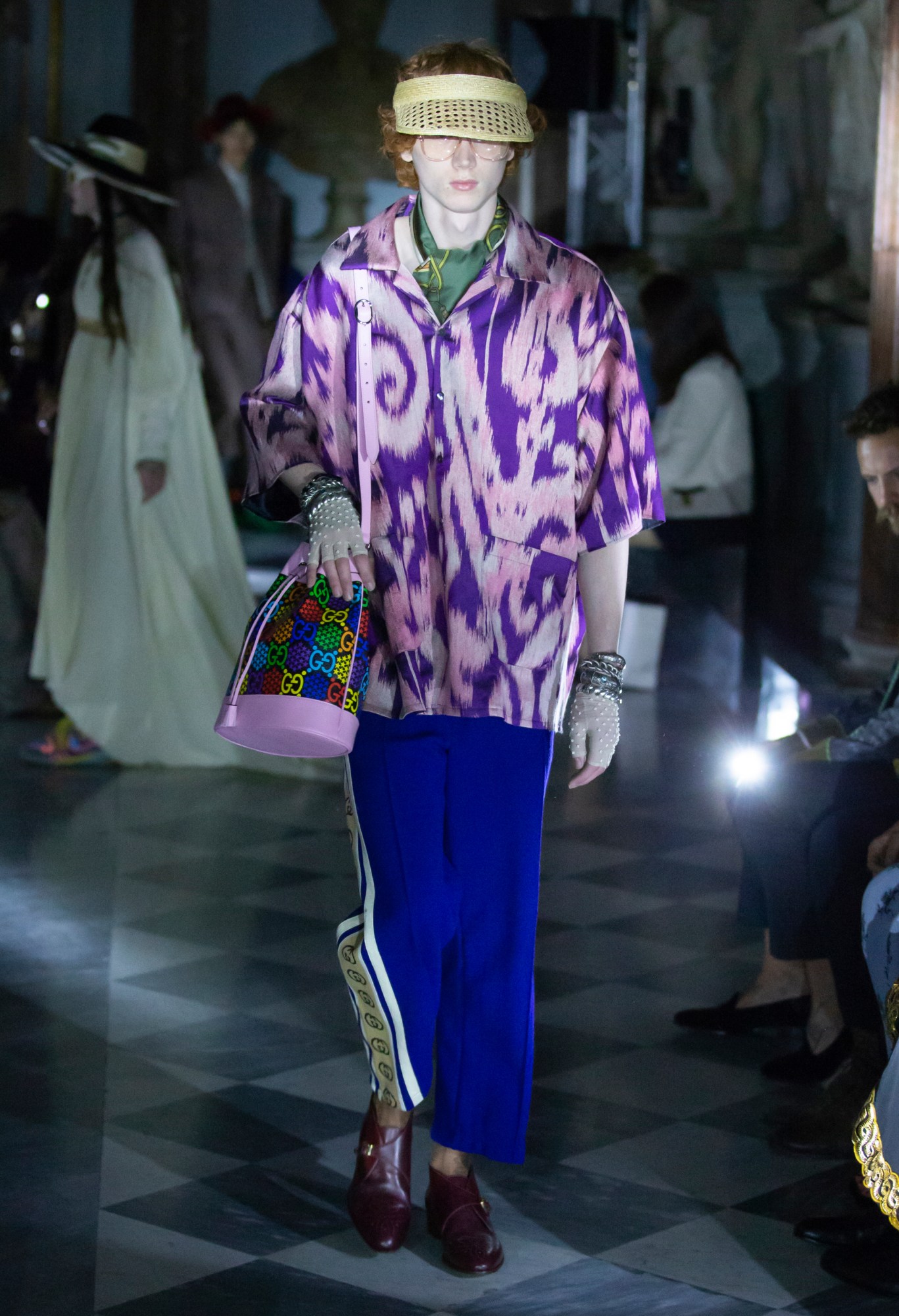
Hence Mickey Mouse monograms alongside sweeping nun’s habits in papal red, amuletic pagan jewellery, breastplates, toga drapery and the sombre grandeur of cardinals and priests in black capes and high collars. The show was staged in the Palazzo Nuovo galleries filled with Greek marbles in near-darkness, with guests given torches to spotlight models.
“My work sometimes is like being an archaeologist. I discover things. Using a torch to discover things that hide in the darkness,” Michele explained, equating the show to a Bacchanalian festival in an underground Berlin nightclub. “I came to this museum with my father because I didn’t like football and amusement parks. I was obsessed with archaeology and that hasn’t changed.”

At the entrance to the show hung a banner with the words of French archeologist Paul Veyne: “Only pagan antiquity awakened my desire, because it was the world of before, because it was an abolished world.” So for every Catholic symbol, there was also a nod to a more ancient mysticism as well as more romantic musings on the legacy of Roman glamour. Notably, the world of Cinecittà Studios was also a reference — a place that Michele’s mother, Eralda, was certainly familiar with as an assistant to a film executive. It turns out she was one of the first women in Rome to wear trousers, according to the designer.
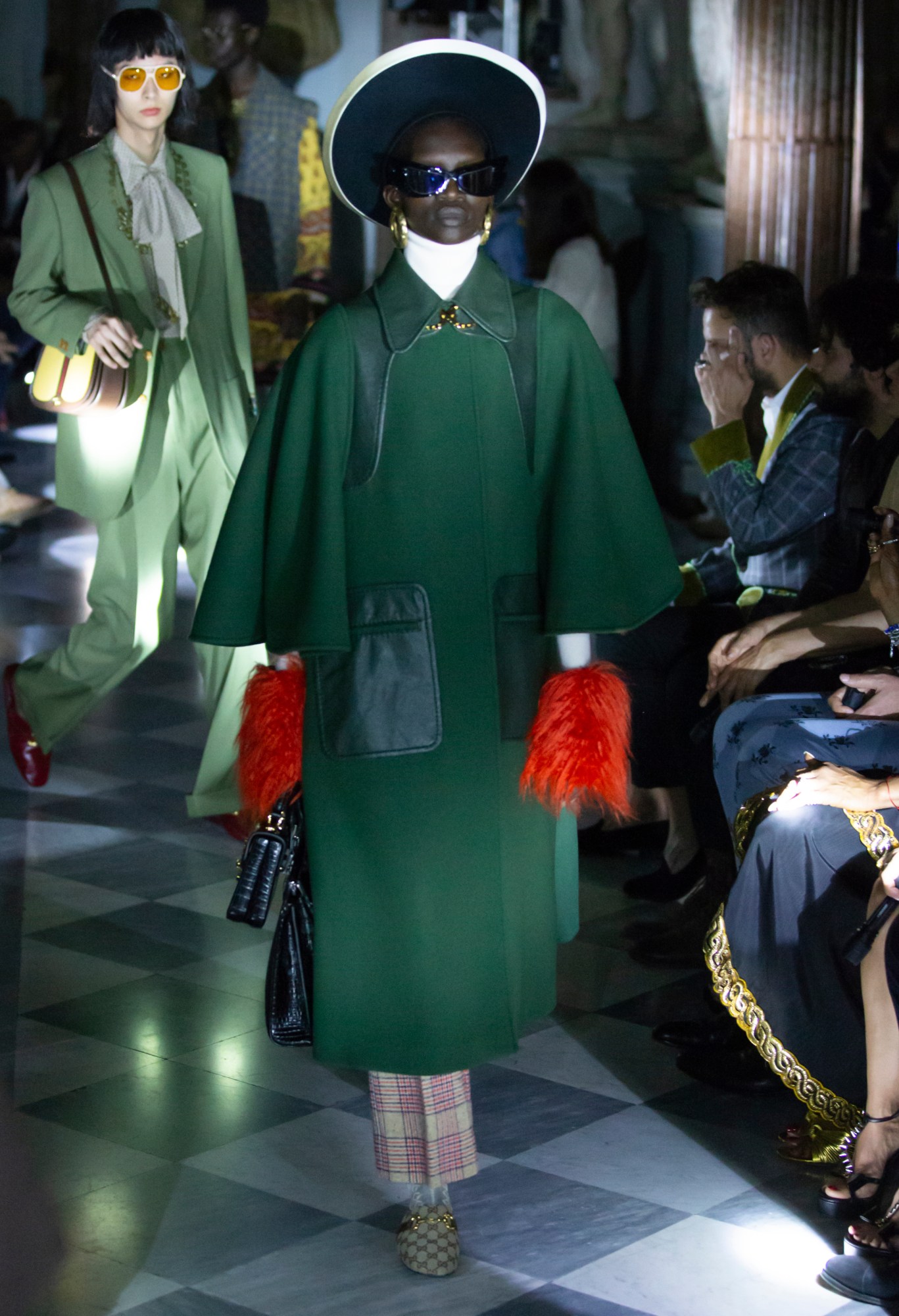
“Rome is a place that’s difficult to define, even if you’re born here,” Alessandro said of his hometown. “Rome is a big womb and many things came out of it. I will disappear but Rome will remain. Places that have been here for ages will remain; saints and prostitutes.”
